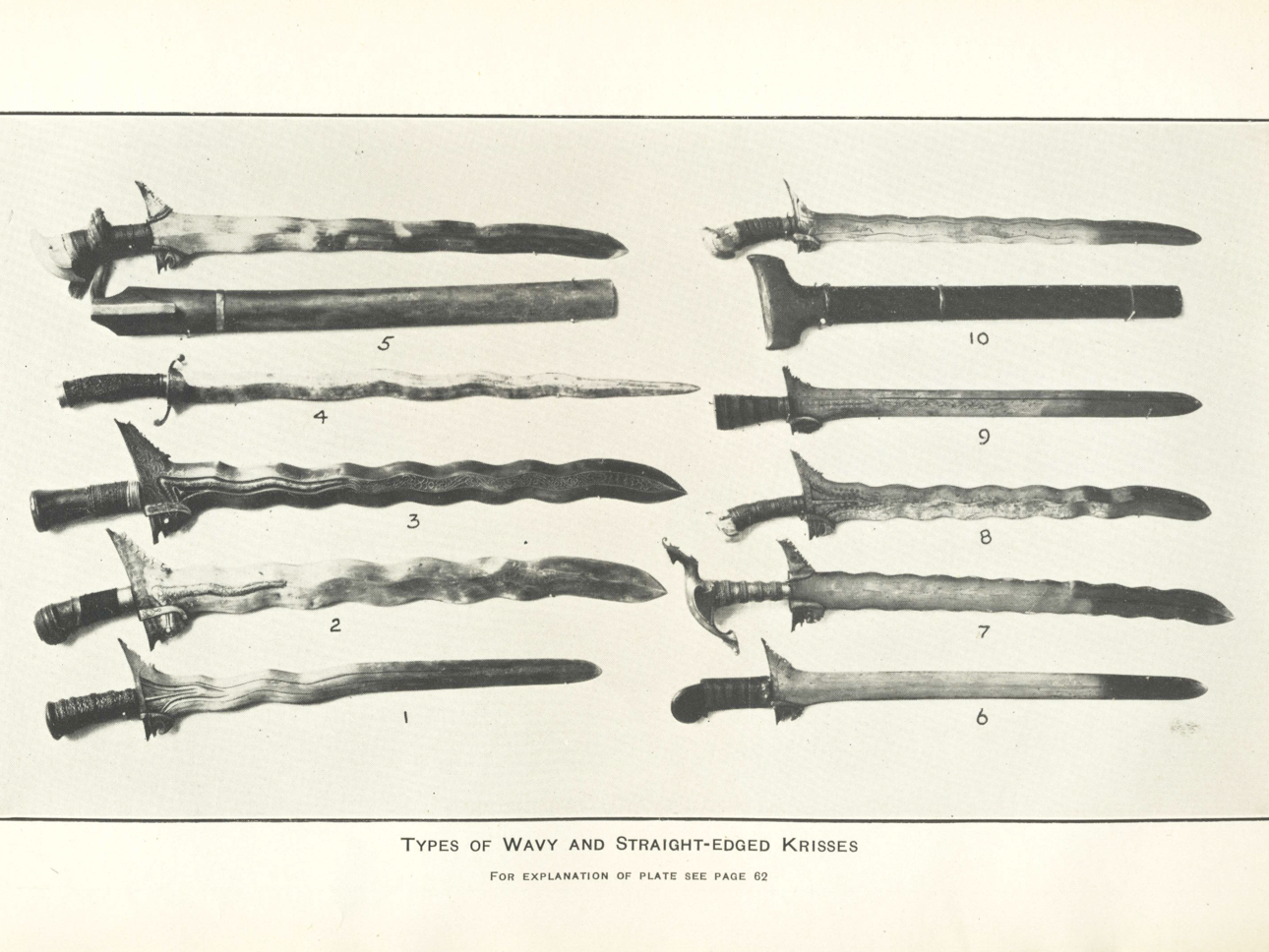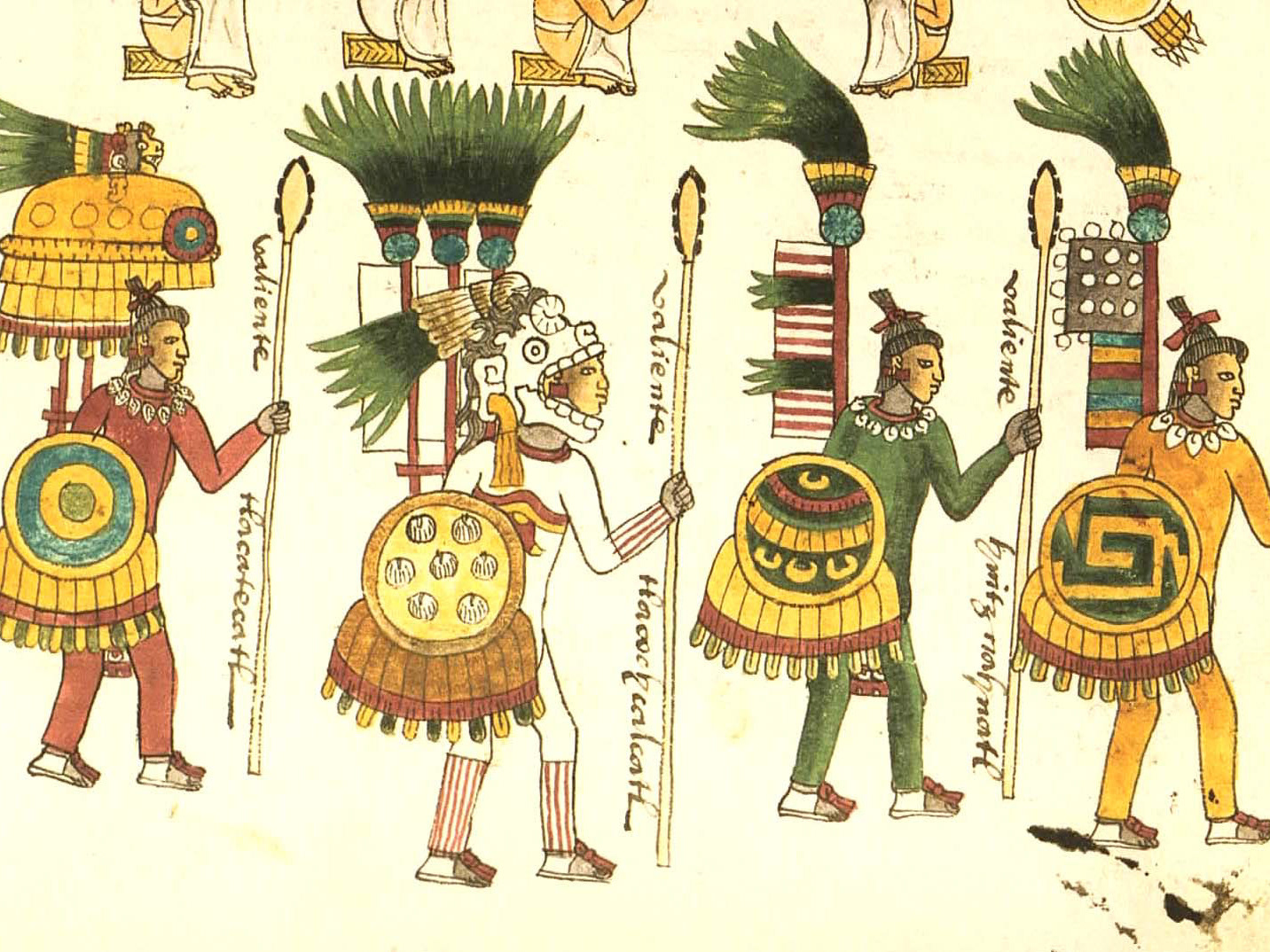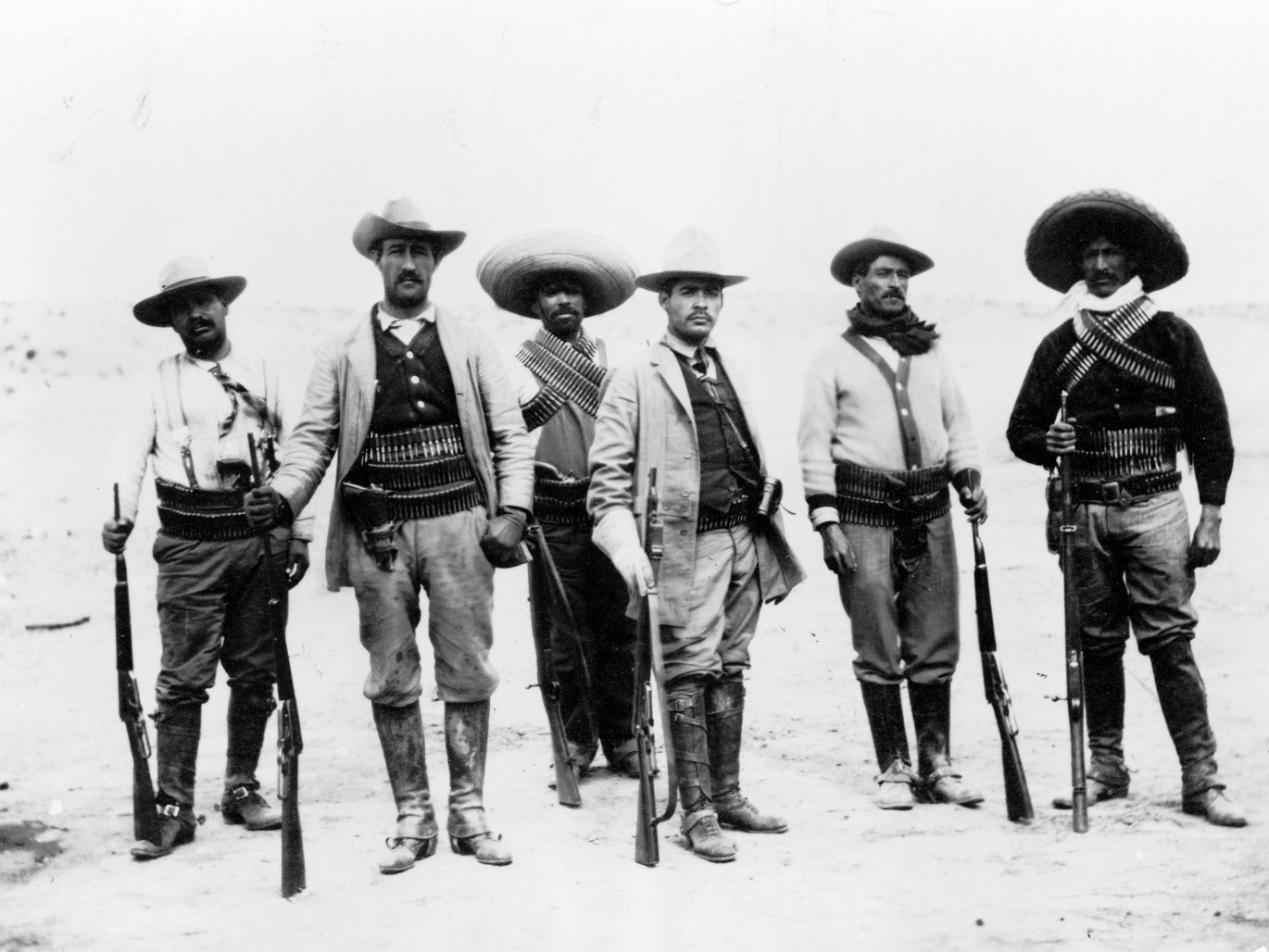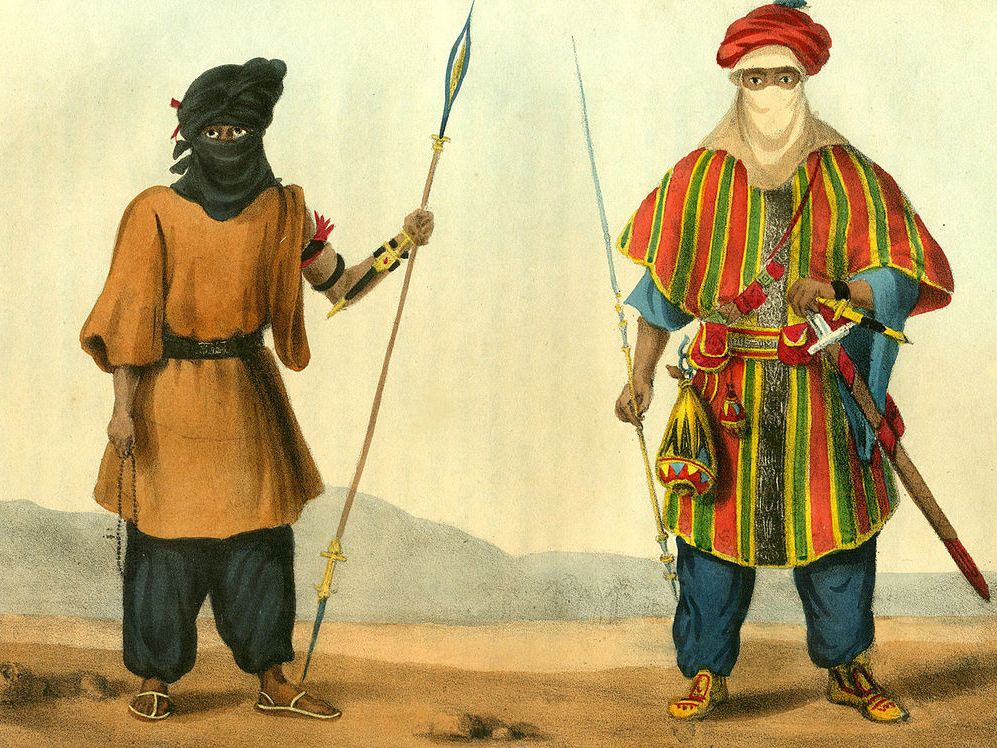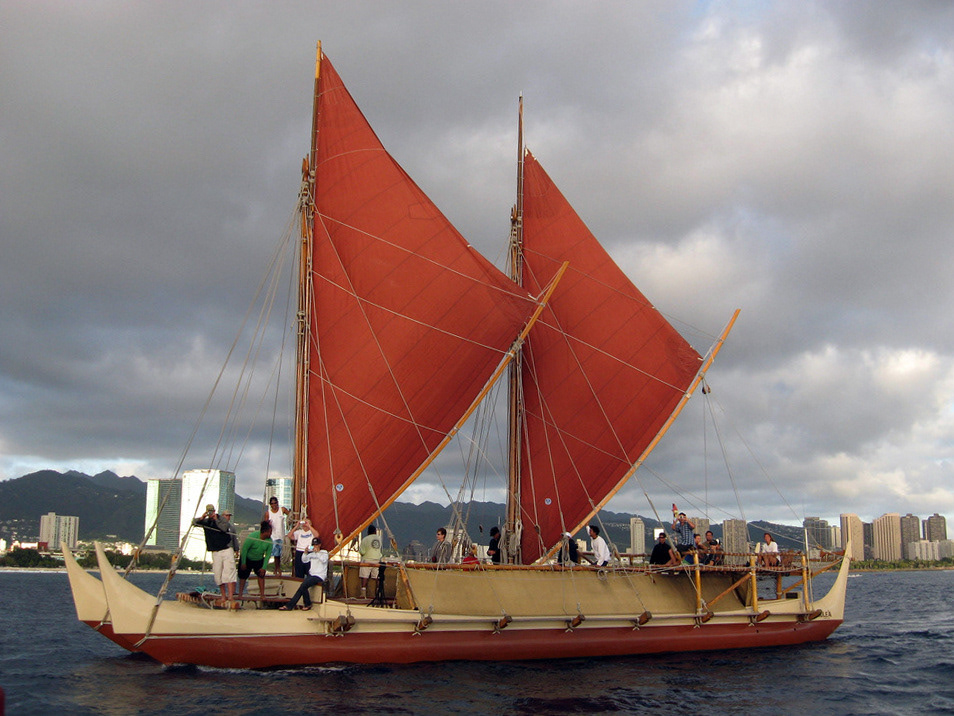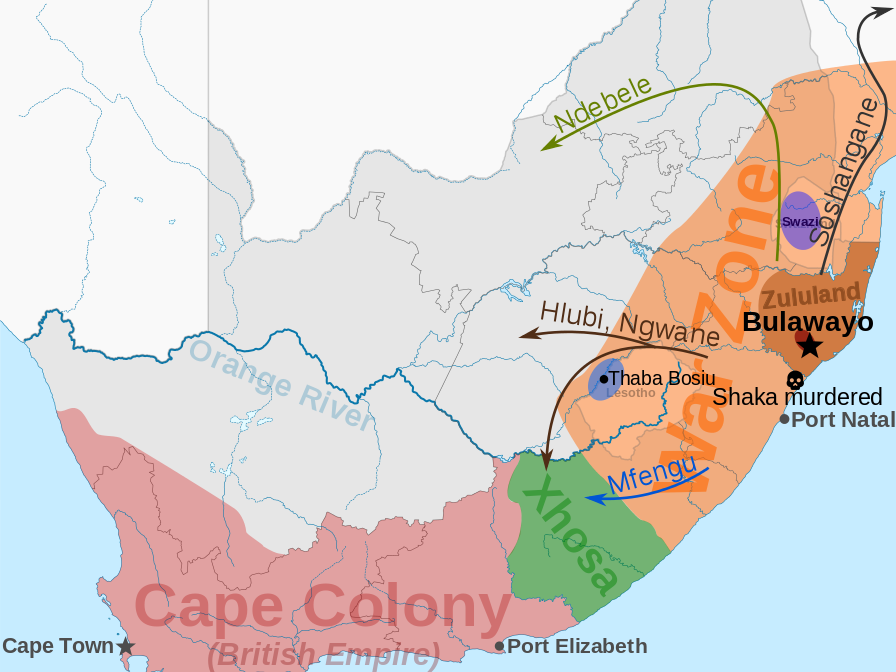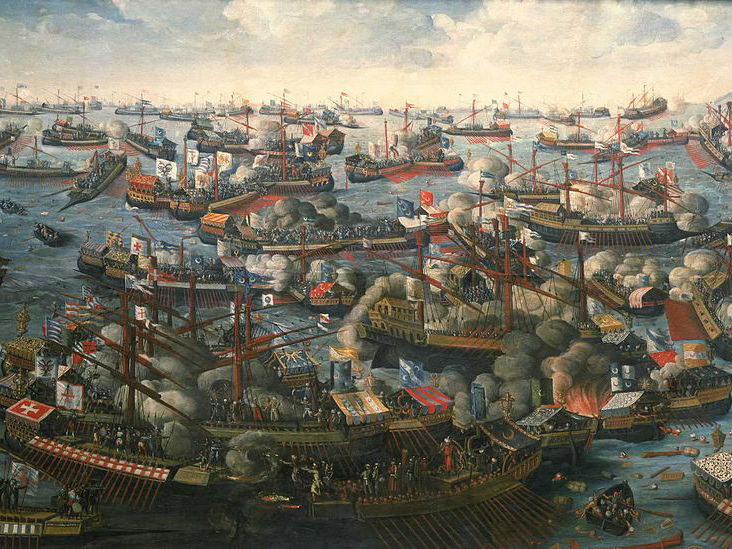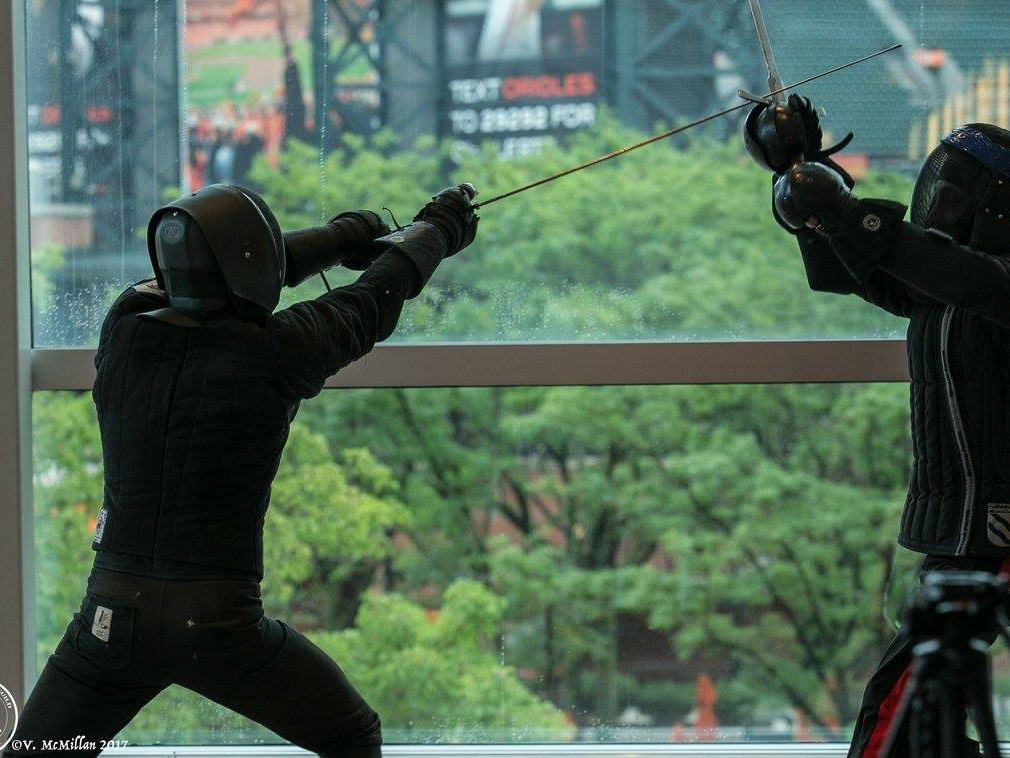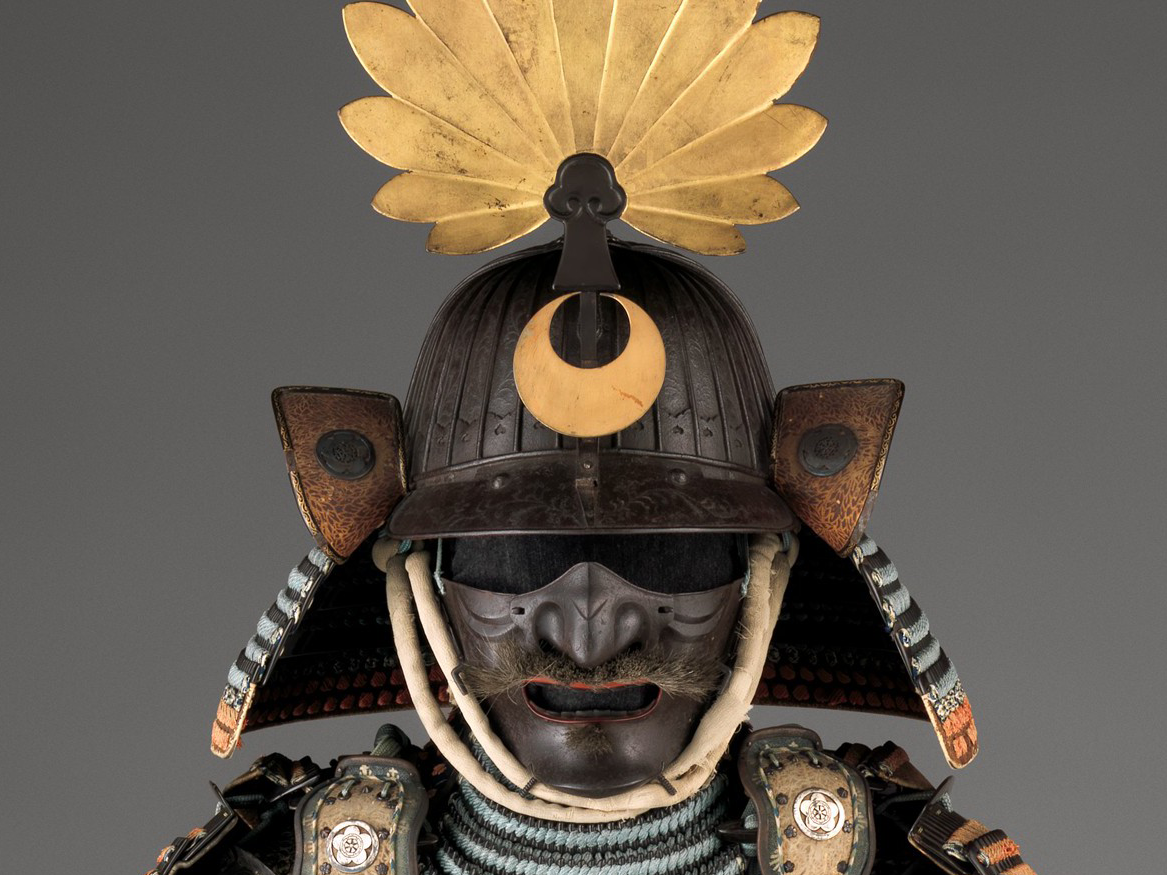Works Cited
Footnotes
[1] “Genghis Khan - Military Leader, Warrior - Biography.”
[2] “Genghis Khan - Military Leader, Warrior - Biography.”
[3] “The Definition of Khan.”
[4] “Genghis Khan -- Britannica Academic.”
[5] “Mongol Military Organization Administration and Logistics - Khans and Conquest.”
[6] “Mongol Military Organization Administration and Logistics - Khans and Conquest.”
[7] “Climate and Weather in Mongolia - By Mongolia Travel and Tours.”
[8] “Genghis Khan -- Britannica Academic.”
[9] “Battle Tactics | Genghis Khan.”
[10] “Genghis Khan -- Britannica Academic.”
[11] CrashCourse, Wait For It...The Mongols!
[12] “Marco Polo.”
[13] “Mongol Empire - New World Encyclopedia.”
[14] “Mongol Empire - New World Encyclopedia.”
[15] R. G. Grant, Battle A Visual Journey Through 5,000 Years Of Combat.
[16] “Genghis Khan - Military Leader, Warrior - Biography.”
[17] R. G. Grant, Battle A Visual Journey Through 5,000 Years Of Combat.
[18] “Hardcore History 43-47 – Wrath of the Khans Series.”
[19] R. G. Grant, Battle A Visual Journey Through 5,000 Years Of Combat.
[20] “Hardcore History 43-47 – Wrath of the Khans Series.”
[21] R. G. Grant, Battle A Visual Journey Through 5,000 Years Of Combat.
[22] “Battle of Legnica | Summary.”
[23] R. G. Grant, Battle A Visual Journey Through 5,000 Years Of Combat.
[24] R. G. Grant, Battle A Visual Journey Through 5,000 Years Of Combat.
[25] R. G. Grant, Battle A Visual Journey Through 5,000 Years Of Combat.
[26] R. G. Grant, Battle A Visual Journey Through 5,000 Years Of Combat.
[27] R. G. Grant, Battle A Visual Journey Through 5,000 Years Of Combat.
[28] Sandra Alvarez, “The Art of War under Chinggis Qahan (Genghis Khan) » De Re Militari.”
[29] “Hardcore History 43-47 – Wrath of the Khans Series.”
[30] Monograph and Benfield, “The Mongols: Early Practitioners of Maneuver Warfare.”
[31] Monograph and Benfield.v
[32] “Mongol Military Organization Administration and Logistics - Khans and Conquest.”
[33] CrashCourse, Wait For It...The Mongols!
[34] CrashCourse.
[35] CrashCourse.
[36] DK Books, Weapon A Visual History of Arms and Armor.
[37] scholagladiatoria, An Antique Chinese Dao Sword (AKA Chinese Broadsword).
[38] “Four Major Weapons - Plum Blossom International Federation.”
[39] “Weapons | Genghis Khan.”
[40] DK Books, Weapon A Visual History of Arms and Armor.
[41] “(12) Firing Arrows Like a Mongolian Warrior - YouTube.”
[42] Muller, “Chapter V,” 5.
[43] “The Mongolian Bow.”
[44] “Asian Traditional Archery Manual.”
[45] Scam Stuff, Signalling Arrows and Jarmakee.
[46] “Longbow.”
[47] “The Mongolian Bow.”
[48] “WHAT IS THE SCRIPT ON THE CHINGGIS KHAN’.”
[49] “The Mongolian Bow.”
[50] “Climate and Weather in Mongolia - By Mongolia Travel and Tours.”
[51] “Osprey-Mongol-Warrior-1200-1350.Pdf.”
[52] “Osprey-Mongol-Warrior-1200-1350.Pdf.”
[53] “Osprey-Mongol-Warrior-1200-1350.Pdf.”
[54] “Ancient Mongolian Weaponry - Armor.”
[55]“Osprey-Mongol-Warrior-1200-1350.Pdf.”
[56] Diplomat, “The Mongol Horse.”
[57] Lane, Genghis Khan and Mongol Rule.
[58] Lane.
[59] “Hardcore History 43-47 – Wrath of the Khans Series.”
[60] Weatherford, Genghis Khan and the Making of the Modern World.
[61] Weatherford.
[62] “Hardcore History 43-47 – Wrath of the Khans Series.”
[63] Tucker, A Global Chronology of Conflict.
[64] “Hardcore History 43-47 – Wrath of the Khans Series.”
Citations
“(12) Firing Arrows Like a Mongolian Warrior - YouTube.” Accessed June 17, 2018. https://www.youtube.com/watch?v=6lf9q6OQse0&t=1049s
“Ancient Mongolian Weaponry - Armor.” Accessed June 20, 2018. https://ryanwolfe.weebly.com/armor.html
“Asian Traditional Archery Manual.” Accessed June 17, 2018. http://co-creation.net/labo/archerie_doc/asian_archery_manual.pdf
Encyclopedia Britannica. “Battle of Legnica | Summary.” Accessed June 22, 2018. https://www.britannica.com/topic/Battle-of-Legnica-1241
“Battle Tactics | Genghis Khan.” Accessed June 22, 2018. http://genghiskhan.fieldmuseum.org/behind-the-scenes/establishing-an-empire/battle-tactics
“Climate and Weather in Mongolia - By Mongolia Travel and Tours.” Accessed June 20, 2018. http://www.mongolia-travel-and-tours.com/climate-mongolia.html
CrashCourse. Wait For It...The Mongols!: Crash Course World History #17. Accessed June 22, 2018. https://www.youtube.com/watch?v=szxPar0BcMo&t=613s
Diplomat, Jonathan DeHart, The. “The Mongol Horse: Supreme on the Steppe.” The Diplomat. Accessed June 20, 2018. https://thediplomat.com/2013/08/the-mongol-horse-supreme-on-the-steppe/
DK Books. Weapon A Visual History of Arms and Armor. Edited by Paula Regan. DK publishing, n.d.
“Four Major Weapons - Plum Blossom International Federation.” Accessed June 17, 2018. http://plumblossom.net/Articles/Inside_Kung-Fu/Nov2007/index.html
“Genghis Khan -- Britannica Academic.” Accessed June 22, 2018. https://academic-eb-com.proxy.library.vcu.edu/levels/collegiate/article/Genghis-Khan/109425
“Genghis Khan - Military Leader, Warrior - Biography.” Accessed June 22, 2018. https://www.biography.com/people/genghis-khan-9308634
“Hardcore History 43-47 – Wrath of the Khans Series.” Accessed June 22, 2018. https://www.dancarlin.com/product/hardcore-history-wrath-of-the-khans-series/
Lane, George. Genghis Khan and Mongol Rule. Hackett Publishing, 2009.
Encyclopedia Britannica. “Longbow.” Accessed June 18, 2020. https://www.britannica.com/technology/longbow
Khan Academy. “Marco Polo.” Accessed June 22, 2018. https://www.khanacademy.org/partner-content/big-history-project/expansion-interconnection/exploration-interconnection/a/marco-polo
“Mongol Empire - New World Encyclopedia.” Accessed June 22, 2018. http://www.newworldencyclopedia.org/entry/Mongol_Empire#After_Genghis_Khan
“Mongol Military Organization Administration and Logistics - Khans and Conquest: The Mongols, 1150-1400 - THE AGE OF TRADITIONS IN CONFLICT, 1100-1500.” Accessed June 22, 2018. https://erenow.com/books/Warinworldhistory/78.html
Monograph, A, and LtCol Darrel C Benfield. “The Mongols: Early Practitioners of Maneuver Warfare,” n.d., 47.
Muller, Marcelo. “Chapter V: On Methods of Drawing and Loosing the Arrow. The Badminton Library: Archery by C.J. Longman and Col. H. Walrond, 1894.,” April 14, 2008. https://www.archerylibrary.com/books/badminton/docs/chapter05/chapter5_2.html
“Osprey-Mongol-Warrior-1200-1350.Pdf.” Accessed June 20, 2018. https://jigjids.files.wordpress.com/2011/05/osprey-mongol-warrior-1200-1350.pdf
R. G. Grant. Battle A Visual Journey Through 5,000 Years Of Comat. Edited by David John. DK publishing, n.d.
Sandra Alvarez. “The Art of War under Chinggis Qahan (Genghis Khan) » De Re Militari.” Accessed June 22, 2018. http://deremilitari.org/2014/06/the-art-of-war-under-chinggis-qahan-genghis-khan/
Scam Stuff. Signalling Arrows and Jarmakee. Accessed June 17, 2018. https://www.youtube.com/watch?v=PF8UkHzEq2c
scholagladiatoria. An Antique Chinese Dao Sword (AKA Chinese Broadsword). Accessed June 17, 2018. https://www.youtube.com/watch?v=y5Op4vRsXJw
www.dictionary.com. “The Definition of Khan.” Accessed June 22, 2018. http://www.dictionary.com/browse/khan
“The Mongolian Bow.” Accessed June 17, 2018. http://www.coldsiberia.org/monbow.htm
Tucker, Spencer C. A Global Chronology of Conflict: From the Ancient World to the Modern Middle East [6 Volumes]: From the Ancient World to the Modern Middle East. ABC-CLIO, 2009.
“Weapons | Genghis Khan.” Accessed June 17, 2018. http://genghiskhan.fieldmuseum.org/explore/photo-gallery/weapons
Weatherford, Jack. Genghis Khan and the Making of the Modern World. Crown/Archetype, 2005.
“WHAT IS THE SCRIPT ON THE CHINGGIS KHAN’.” Accessed June 18, 2020. http://www.atarn.org/mongolian/mongol_1.htm
